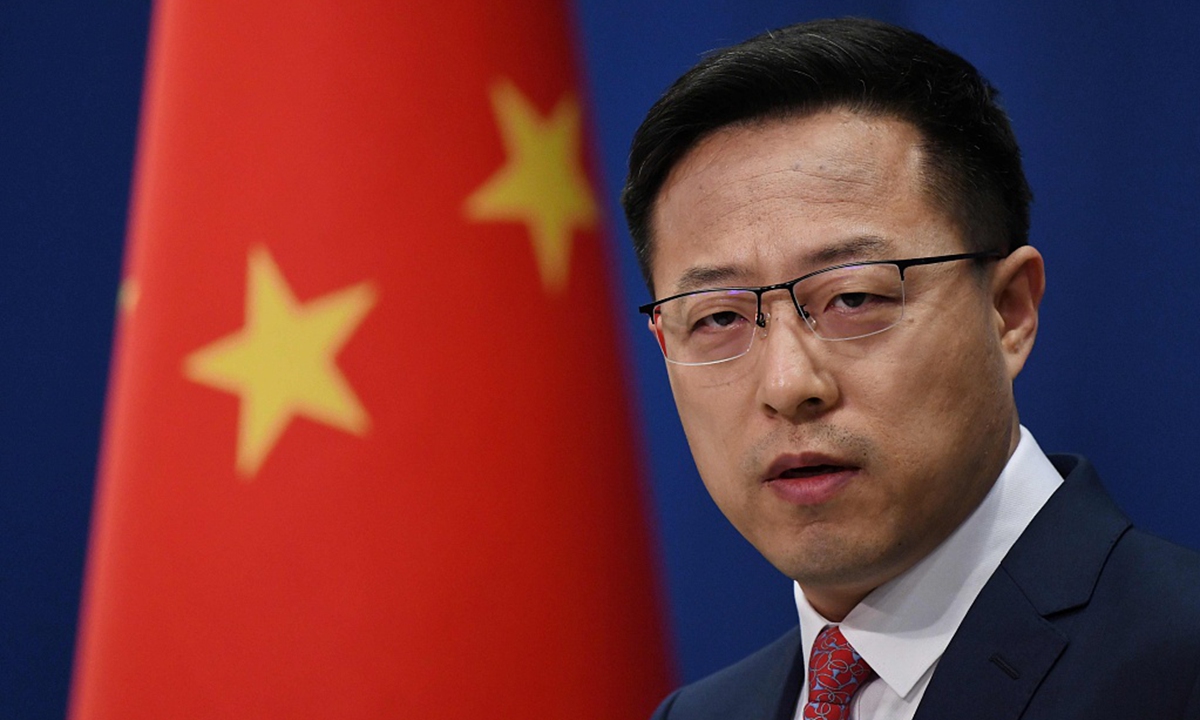You can now perform your own coronavirus (COVID-19) test, in your own home. The test is for people 16 years and above. This video provides a step by step guide to help you perform the test correctly. For more information see: https://www.dhhs.vic.gov.au/response-...
The Health Ministry, through its Facebook page, has shared a how-to guide on the correct way to use the Covid-19 self-test kits that are now available in the market.
People who purchase the kits and do self-testing should follow the steps below to make sure the results are accurate.
According to the guide, which includes a video clip of a person using an RTK-Antigen kit, users are advised not to eat or drink anything other than water, or smoke before doing the test, although it does not specify for how long.
They should ensure the kit includes a user manual, extraction buffer rack, disposable swabs, extraction tube and test cassette.
Firstly, prepare the test rack by folding the rack and placing the extraction tube into the folded rack.
Then, the first swab involves taking samples from the mouth by swabbing the left and right inner cheek, and the palate, for at least five times.
The swab is then placed into the extraction tube prepared earlier.
The second swab is then done by swabbing the nostrils, gently inserting the fabric tip up to two centimetres into the nose and repeating the step for both nostrils.
While doing the nostril swab, the tip must be rolled in circles for five rounds before placing the sample into the same extraction tube.
Once both samples are immersed in the extraction buffer, it must be shaken vigorously 10 times.
To ensure samples are extracted completely, squeeze the swab by pinching the extraction tube.
Next, remove the swab from the tube and dispose of it using the disposable bag prepared.
For the test, remove the test cassette from the packaging carefully.
Add two drops of the sample into the cassette well (smaller hole on the cassette) while making sure there are no air bubbles.
The sample will start wicking up the membrane and the results can be seen in 10 to 15 minutes. Compare the results using the manual.
A positive result is marked with two lines on the cassette with one line next to Control (letter C) and another line (even faded) next to Test (letter T).
A negative result of the test is represented by a single line next to the letter C.
Meanwhile, if there is no line seen or a line seen next to only the letter T, the result is invalid and the test needs to be repeated.
If the result is positive, users must consult a healthcare professional immediately and an assessment will be made based on the patient’s medical background.
An additional test using polymerase chain reaction (PCR) will also be made, and the patient needs to self-isolate.
There are currently a few self-test kits approved by the Health Ministry through the Medical Devices Authority (MDA): the Salixium Covid-19 Rapid Antigen Rapid Test (saliva/nasal swab samples) made by Reszon Diagnostic International Sdn Bhd, and Gmate Covid-19 Ag Saliva For Home Use by Philosys Co Ltd of Korea, which were given conditional approval to be distributed locally.
Another kit is the Beright Covid-19 Antigen Rapid Test Device (Oral Fluid) made by Hangzhou Alltest Biotech Co Ltd, which was announced on Sunday.
The list will be updated from time to time, and it can also be checked at the MDA portal.
Join our Telegram channel to get our Evening Alerts and breaking news highlights
Three Covid-19 self-test kits available for public, says Dr Adham
Self-test kits selling like hot cakes | The Star
Three Covid-19 self-test kits available for public, says Dr ...
Covid-19: Another self-test kit receives conditional approval
Health Ministry releases list of two Covid-19 self-test kits with conditional approval
Covid-19 self-test kits must be made affordable and widely available
Self-test kits selling like hot cakes
Self-test kits useful but dispose properly
Business groups: Self-test kits timely, hope for cost control






















 The previous record high number of new infections was 13,215, posted on July 15. (Photo by Mohd Suhaimi Mohamed Yusuf/The Edge)
The previous record high number of new infections was 13,215, posted on July 15. (Photo by Mohd Suhaimi Mohamed Yusuf/The Edge)







 Illustration: Chen Xia/GT
Illustration: Chen Xia/GT












